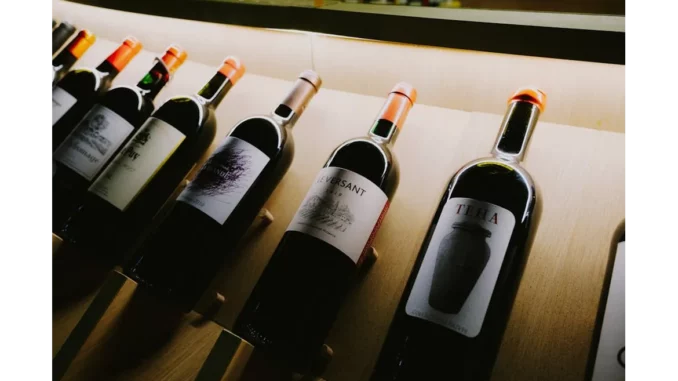
Captivating the Enigma of Pinot Noir: Unveiling the Secrets of Its Aging Potential
Pinot Noir, a varietal that enchants both connoisseurs and novices alike, is revered for its delicate structure and intricate flavours. This grape variety, often seen as a winemaker’s challenge, possesses an enigmatic quality, particularly in its potential for aging. What distinguishes bottles of Pinot Noir that mature gracefully from those that dwindle in charm over time? Let us unravel the elements that affect the aging journey of this elegant wine and discover why certain bottles withstand the test of time with greater poise.
The Symphony of Flavours: A Delicate Composition
Pinot Noir captivates the senses with its vibrant tapestry of flavours, ranging from the juicy allure of raspberry and cherry to the subtle whispers of vanilla, complemented by earthy nuances of mushroom and forest floor. These flavours are intricately tied to the grape’s thin skin, which, while allowing a plethora of influences from terroir and winemaking techniques, also renders it particularly vulnerable to oxidation and spoilage—key factors affecting its aging potential.
The Role of Terroir: Nature’s Artistry
The terroir, or the unique environmental conditions where the grapes thrive, plays a pivotal role in the wine’s evolution. Pinot Noir flourishes in cooler climates that afford a prolonged growing season, enabling the grapes to develop their complex profiles. Esteemed regions such as Burgundy in France and select areas within California’s Napa Valley are celebrated for producing Pinot Noirs with commendable aging prowess. The soil’s composition, altitude, and microclimate intricately influence the wine’s journey through time.
Winemaking Techniques: Crafting Elegance
The artistry of winemaking is another critical factor shaping Pinot Noir’s aging potential. Decisions regarding fermentation temperatures, the choice of oak barrels, and the duration of aging before bottling critically impact the wine’s maturation journey. For instance, aging in new oak barrels can imbue Pinot Noir with richer, more robust flavours, potentially enhancing its aging capacity. In contrast, wines that bypass extensive oak exposure may offer their best expression when youthful and fresh.
Vintage Variability: The Dance of Seasons
Each vintage paints a unique portrait, with the year’s weather conditions significantly impacting grape quality. A season marked by excessive heat or rain might yield a vintage best savoured in its youth, whereas optimal conditions can birth wines with remarkable aging potential. For collectors and enthusiasts, understanding these nuances is paramount in selecting age-worthy bottles.
Storing with Care: Ensuring Graceful Maturation
Proper storage is indispensable in nurturing Pinot Noir’s aging journey. Wine should repose in a cool, dark sanctuary with a stable temperature, ideally between 7-18 degrees Celsius. Maintaining humidity levels around 70% prevents corks from drying, safeguarding the wine from unwanted air exposure. Investing in a wine cellar or fridge is a prudent choice for those dedicated to preserving their wines’ future allure.
The Art of Timing: Knowing When to Relish
The aging process is not a guarantee of enhancement. Some Pinot Noirs evolve into more complex and refined entities, while others may lose their initial vibrancy. Tasting the wine at various intervals can provide invaluable insight into the optimal moment for enjoyment.
In the world of viticulture, the aging potential of Pinot Noir represents a fascinating confluence of art and science. By mastering the factors that govern this process, wine lovers can make enlightened decisions regarding which bottles to age and how best to store them. Whether a seasoned collector or an inquisitive admirer of this refined varietal, exploring the aging potential of Pinot Noir offers a deeper appreciation for its enduring elegance and intricate nuances.


Be the first to comment